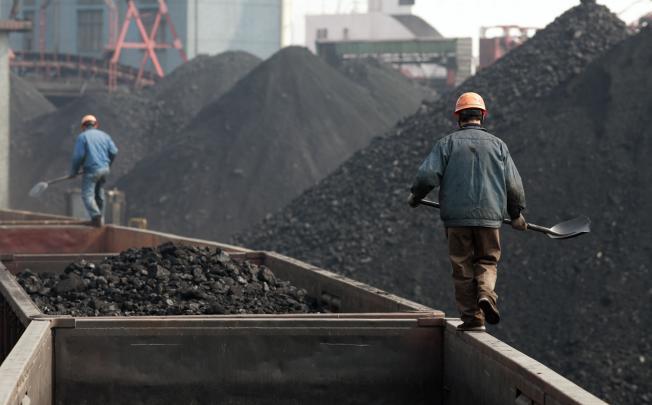China’s National Energy Administration has suggested the country will shutter nearly 8.7GW of coal-fired power by the end of the year in an effort to further curb smog and greenhouse gas emissions.
China is the world’s largest emitter of carbon dioxide, more than double the nearest competitor which is, unsurprisingly, the United States, which is itself more than double the world’s third-largest contributor, India.
The Union of Concerned Scientists published data late last year of figures from 2016 – the most recent available data – which showed that China had contributed 9,056.8 million metric tonnes of carbon dioxide emissions from fuel combustion in 2016 – at 6.4 metric tonnes per capita.
The United States, in second, contributed 4,833.1 million metric tonnes at 15 metric tonnes per capita – which highlights mainly the massive discrepancy in population figures for both countries, more than anything else.
Conversely, however, China is also the world’s leading renewable energy developer and operator.
Specifically, according to the International Renewable Energy Agency (IRENA), China will be the world’s largest producer, exporter, and installer of solar panels, wind turbines, batteries, and electric vehicles.
The duality of China’s emissions status and its renewable technology push has always been caught up in the fact that the country boasts a population of 1.4 billion who need electricity and the ability to transport themselves around the country.
And while China has set relatively impressive renewable energy targets, there is still a long way to go.
On that path, however, China is making an effort to cancel and decommission as much coal-fired power as possible. According to the country’s National Energy Administration (NEA), via Reuters, China is aiming to shutter 8.66GW of coal-fired power capacity by the end of the year – equal to just under 1% of total capacity.
However, the NEA has not clarified how much of this target has already been met so far this year.
The NEA said on its website on Sunday that all provinces and regions have been ordered to shutter coal-fired power units with a capacity of less than 50,000 kW, while larger units of up to 100,000 kW in regions covered by large-scale power grids will also be shut down, along with plants which have reached the end of their lifespan.
China has so far managed to reduce coal’s share of the total energy production in the country from 68% in 2012 to 59% in 2018.
However, overall consumption has continued to increase and there are concerns that China currently has as much as 200 GW of new coal-fired power capacity in the pipeline.
The China Electricity Council currently predicts that total coal-fired power capacity may eventually peak at a whopping 1,300 GW – up from around 1,000 GW as of today.
In terms of the cuts to coal, Central China’s Henan province is under pressure to shut down as much as 1.6 GW, while the southeastern province of Guangdong near Hong Kong is intending to shutter 2.3 GW.










